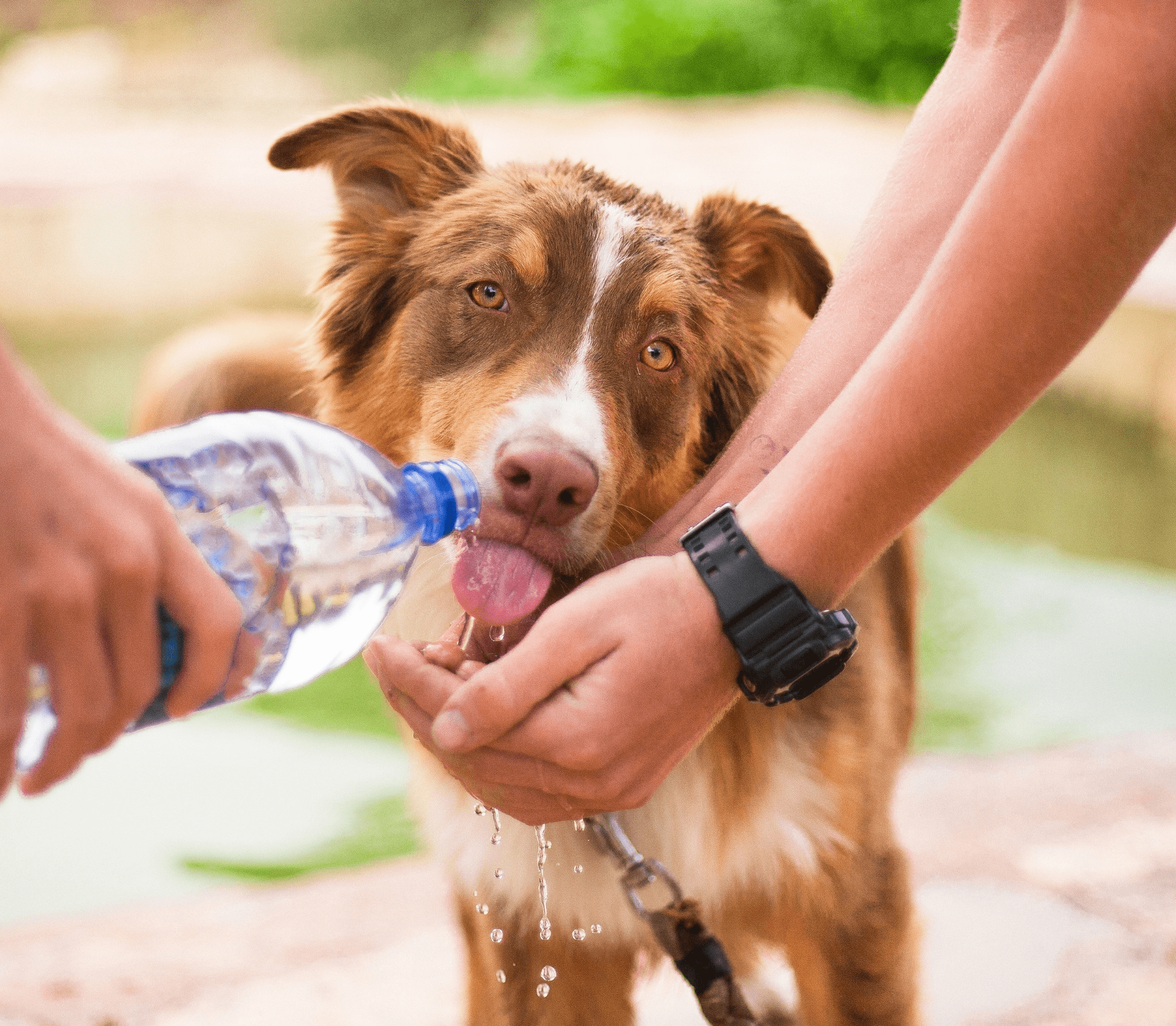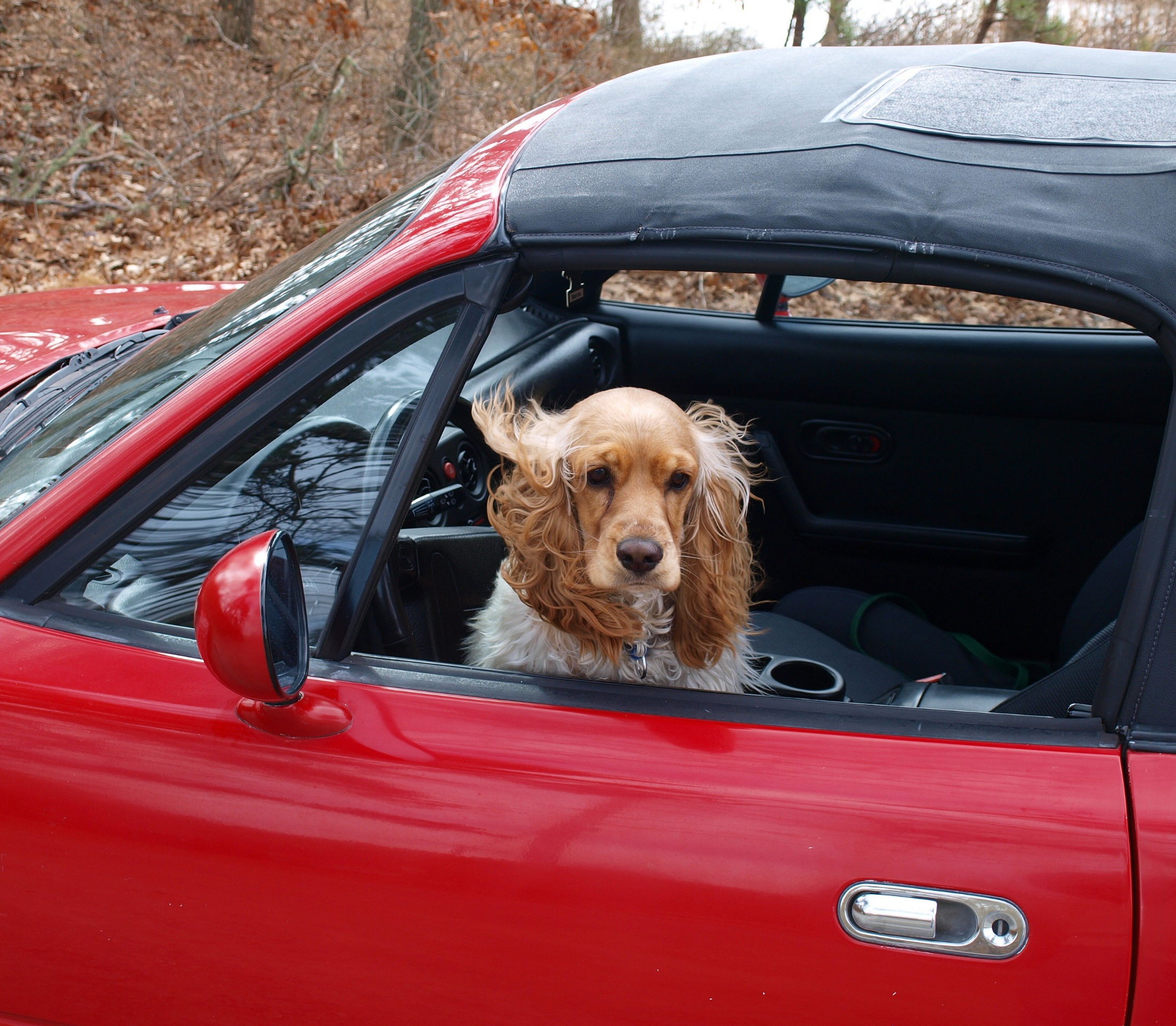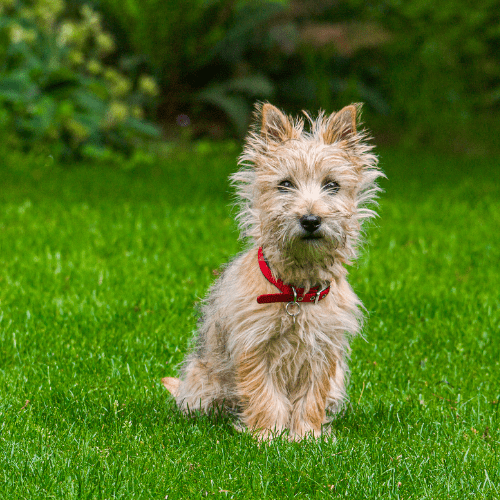Tips for a Successful Litterbox Setup
Cats are very clean, which is a definite benefit to having them as pets. You won’t ever have to rush home to walk your feline friend, as she will discretely use a litterbox. However, there is a bit more to setting up a litterbox than you might think. Read on as a Washington DC vet discusses Fluffy’s purrsonal powder room.
Choosing The Box
Cats all have their own tastes and preferences. Some kitties may not mind an enclosed box, while others may prefer uncovered ones. If you have a kitten, you can start out with a small litterbox for now. Senior cats and kitties with mobility issues will prefer boxes with lower walls, which are easier to get in and out of. You can also experiment with litterboxes that are automated or easy to clean, such as self-cleaning ones.
Litters
There are now many different types of litter to choose from. Some cats are quite finicky about litters. For instance, one kitty may dislike perfumed litters, while another may not like the way clumping litters feel on her paws. For the most part, you can choose whatever products you and your pet like. However, if you have a kitten, don’t use clay or clumping litters. If your tiny furball accidentally ingests these, she could end up with a very dangerous intestinal blockage!
Location
Location is also important. Pick a spot that isn’t out in the open. Kitties like to have some privacy while they are doing their business.
Ventilation
Fluffy’s litterbox should be in a spot that offers good ventilation, without being too drafty. If you put it in a bathroom or laundry room, keep the fan running in that room. Otherwise, invest in a good air purifier.
Odor Control
Litterboxes can get, well, pretty stinky. The best way to fight bad odors is simply to keep Fluffy’s box clean. Putting some pet-safe plants near it can help as well. Check the ASPCA site here for suggestions. You can also experiment with products such as liners and sprays.
Avoid Overcrowding
If you have more than one furball, you’ll need more than one box. Cats don’t much like to share bathrooms! We generally recommend having at least one box per kitty, plus an extra.
Please reach out to us, your Washington DC vet clinic, for all your cat’s veterinary care needs. We’re here to help!



